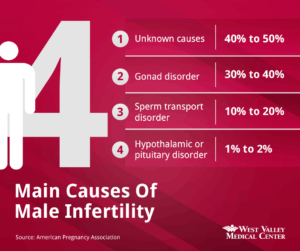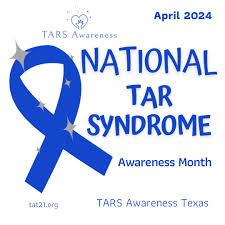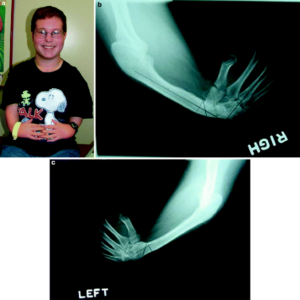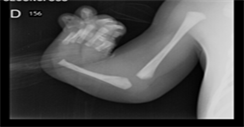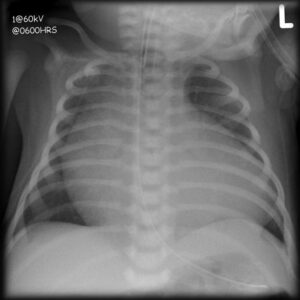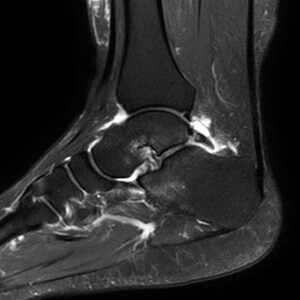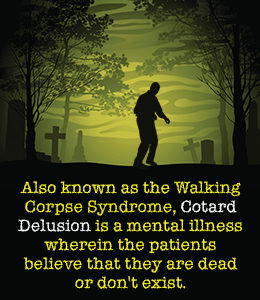



Brain Results that were exposed to Mad Cow Disease making the brain a spongy like appearance. This is how it got the name BSE.

U.S. Drug and Food Administration states, “People can get a version of BSE called variant Creutzfeldt-Jakob disease (vCJD). As of December 4, 2017, 231 people worldwide are known to have become sick with vCJD according to the University of Edinburgh’s National CJD Research & Surveillance Unit. It is thought that they got the disease from eating food made from cows sick with BSE. Most of the people who have become sick with vCJD lived in the United Kingdom at some point in their lives. Only four lived in the U.S., and most likely, these four people became infected when they were living or traveling overseas.
Neither vCJD nor BSE is contagious. This means that it is not like catching a cold. A person (or a cow) cannot catch it from being near a sick person or cow. Also, research studies have shown that people cannot get BSE from drinking milk or eating dairy products, even if the milk came from a sick cow.”
Unfortunately, there are currently no treatments for prion diseases, brain-wasting diseases that are invariably fatal. The most common human prion disease is Creutzfeldt-Jakob disease (CJD), better known as mad cow disease. This disease is rare in humans.
Symptoms of Creutzfeldt-Jakob disease (CJD) can resemble those of other dementia-like brain disorders, such as Alzheimer’s. But Creutzfeldt-Jakob disease usually progresses much more rapidly.
CJD captured public attention in the 1990s when some people in the United Kingdom developed a form of the disease — variant CJD (vCJD) — after eating meat from diseased cattle. However, “classic” Creutzfeldt-Jakob disease hasn’t been linked to contaminated beef.
Although serious, CJD is rare, and vCJD is the least common form. Worldwide, there is an estimated one case of CJD diagnosed per million people each year, most often in older adults.
Creutzfeldt-Jakob disease (CJD) is marked by rapid mental deterioration, usually within a few months. Initial signs and symptoms typically include:
- Personality changes
- Anxiety
- Depression
- Memory loss
- Impaired thinking
- Blurred vision or blindness
- Insomnia
- Difficulty speaking
- Difficulty swallowing
- Sudden, jerky movements
As the disease progresses, mental symptoms worsen. Most people eventually lapse into a coma, first dementia to death. Heart failure, respiratory failure, pneumonia or other infections are generally the cause of death. Death usually occurs within a year.
In people with the rarer vCJD, psychiatric symptoms may be more prominent in the beginning, with dementia — the loss of the ability to think, reason and remember — developing later in the illness. In addition, this variant affects people at a younger age than classic CJD does and appears to have a slightly longer duration — 12 to 14 months.
Creutzfeldt-Jakob disease & its variants belong to a broad group of human & Sanimal diseases known as transmissible spongiform encephalopathies (TSEs). The name derives from the spongy holes, visible under a microscope, that affect the brain tissue.
How its transmitted? The risk of CJD is low. The disease can’t be transmitted through coughing or sneezing, touching, or sexual contact.
1-Heredity: 15 percent of people with CJD have a family history of the disease or test positive for a genetic mutation associated with CJD. This type is referred to as familial CJD.
2-Exposure to contaminated tissue. People who’ve received human growth hormone derived from human pituitary glands or who’ve had grafts of tissue that covers the brain (dura mater) may be at risk of iatrogenic CJD. .
3-The low risk of contracting vCJD from eating contaminated beef.
Regulating potential sources of vCJD
Most countries have taken steps to prevent BSE-infected tissue from entering the food supply, including:
- Tight restrictions on importation of cattle from countries where BSE is common
- Restrictions on animal feed
- Strict procedures for dealing with sick animals
- Surveillance and testing methods for tracking cattle health
- Restrictions on which parts of cattle can be processed for food




